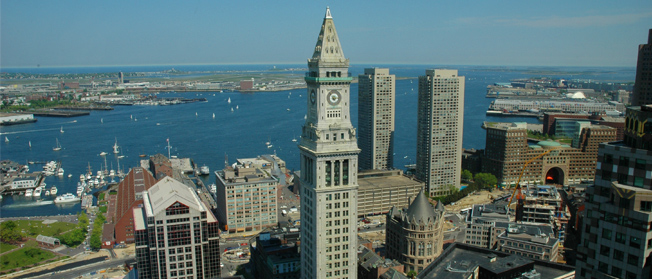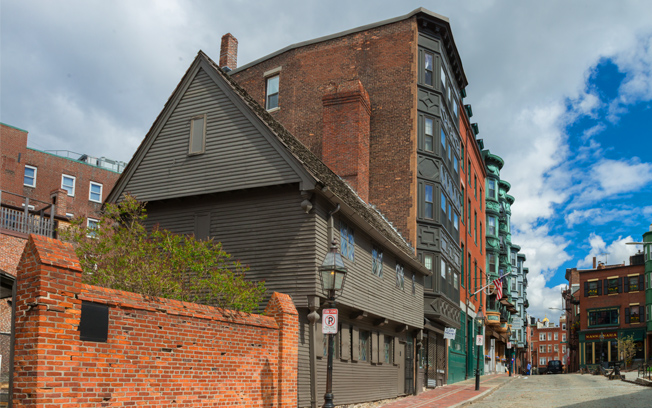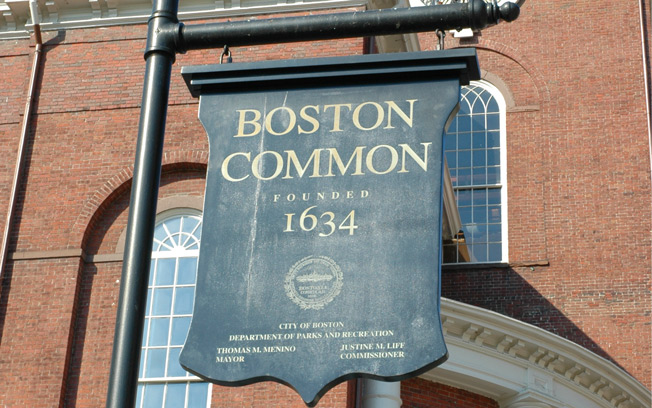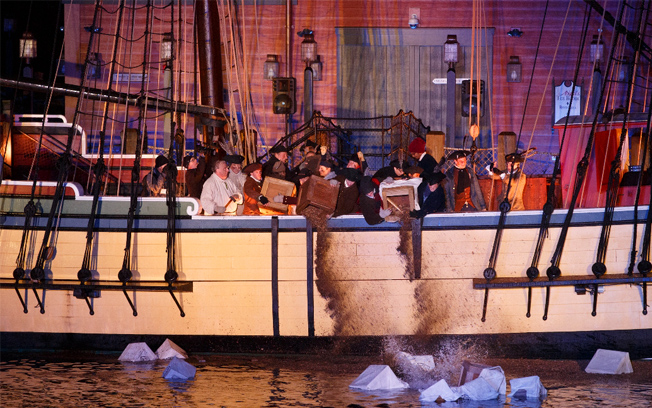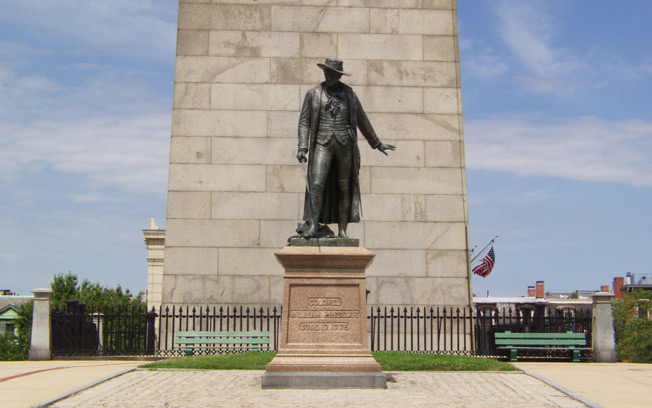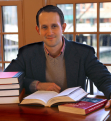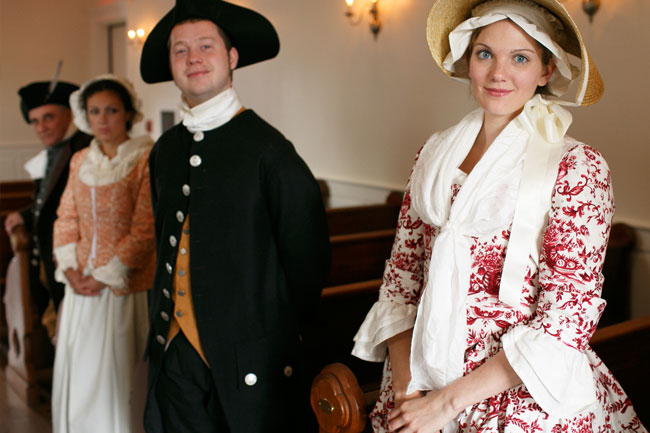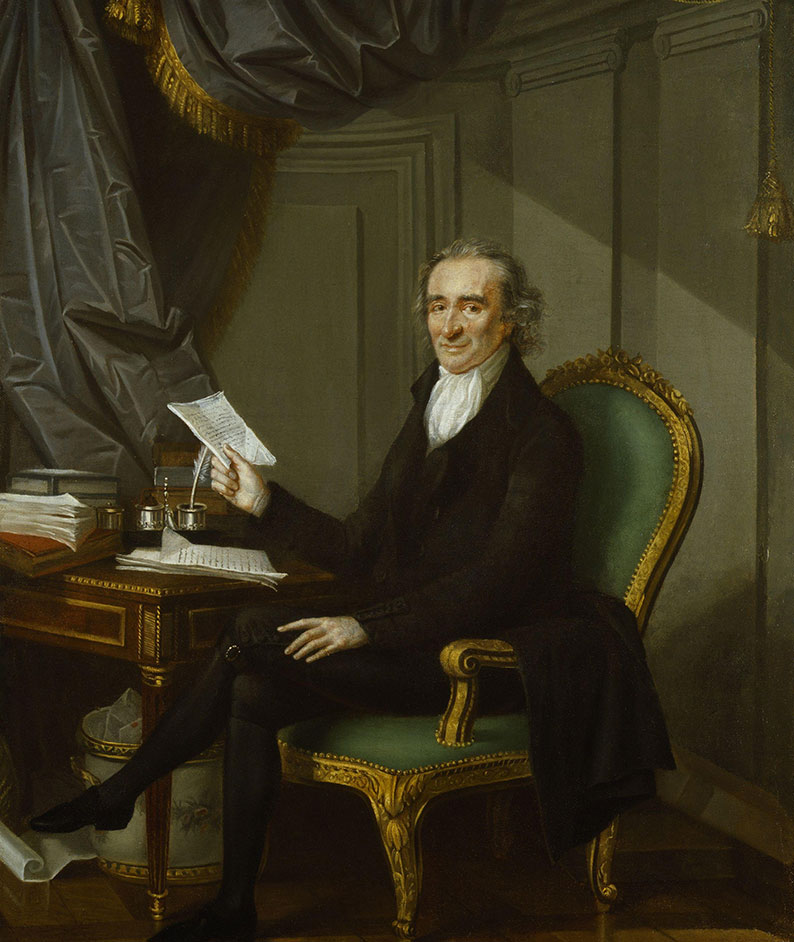1713 The Old State House was built to house the government offices of the Massachusetts Bay Colony.
1729 The Old South Meeting House was built to serve as a Puritan meeting house and would later become one of the most important meeting houses in Boston.
1733 The Molasses Act levied a 6 pence tax per gallon of molasses, not only to increase revenue but also to interfere with the French in the Caribbean. This was the first time that England truly affected trade, livelihood and businesses in Boston and the colonies.
1754-1763 The French and Indian War (the American theater of the Seven Years War) was a battle for colonial domination in North America, the Caribbean and India between England and France. England eventually came to control the colonial outposts, but the staggering debt was so high that it nearly destroyed the English government. This debt caused the escalation of tensions leading up to the Revolutionary War, as Parliament continued to levy taxes in the hopes of recovering the monies expended on this conflict.
1764 The passage of the Sugar Act allows the British government to raise revenue from the colonies. This was the first instance of the idea of “no taxation without representation” as no colonial representative had agreed to these taxes.
1765 The Stamp Act, the first direct tax on the American colonies, was passed. Printed materials were taxed, including newspapers, legal documents, dice and playing cards. As a result, the shipping industry and the legal systems of Boston were crippled. In August of 1765, The Stamp Act Riots occurred in Boston. Effigies of crown-appointed officials were found to be hanging from the Liberty Tree, businesses and homes, including that of Lt. Governor Thomas Hutchinson, were destroyed.
1766 The Declaratory Act was passed to affirm Parliament’s power to legislate for the colonies “in all cases whatsoever”.
1767 The Townshend Acts levied a tax on glass, lead, paint, paper and tea, in addition to installing three new Vice Admiralty courts to directly prosecute smugglers, creating the American Board of Customs housed in Boston to control the trade regulations imposed by England, and suspended the New York Assembly. The revenue would pay for military expenses in the colonies and pay the salaries of newly appointed royal colonial officials.
1768 On May 9, John Hancock’s ship, the Liberty, was seized by British Customs Officials in Boston Harbor. Hancock had been suspected of smuggling goods into Boston, and therefore became a target of the authorities. Customs Officials believed that much of the cargo from the ship had been illegally unloaded at night, leaving only about one-fourth of the cargo upon which duties were to be paid the following morning. About a month later, officials were changing their stories, and in turn, decided that the ship was to be seized due to a “minor” slip of the law. Hancock gained a great amount of support from the people of Bostontown, which would aid in his rise in prominence in the coming years.
1768 The British government dispatched troops to Boston reacting to the opposition to the Townshend Acts. Troops arrived in Boston Harbor accompanied by British men of war. They disembarked and held encampments on Boston Common, the Court House and in Faneuil Hall.
